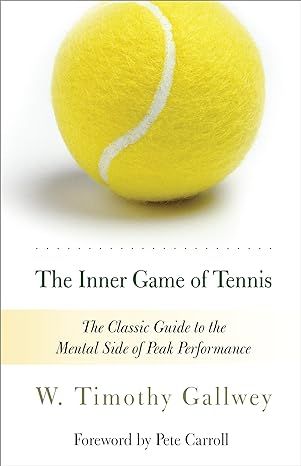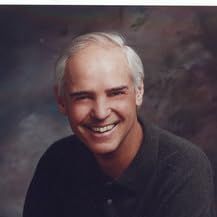The Inner Game of Tennis: The Classic Guide to the Mental Side of Peak Performance
4.6
-
8,356 ratings
The timeless guide to achieving the state of “relaxed concentration” that’s not only the key to peak performance in tennis but the secret to success in life itself—part of the bestselling Inner Game series, with more than one million copies sold!
“Groundbreaking . . . the best guide to getting out of your own way . . . Its profound advice applies to many other parts of life.”—Bill Gates, GatesNotes (“Five of My All-Time Favorite Books”)
This phenomenally successful guide to mastering the game from the inside out has become a touchstone for hundreds of thousands of people. Billie Jean King has called the book her tennis bible; Al Gore has used it to focus his campaign staff; and Itzhak Perlman has recommended it to young violinists. Based on W. Timothy Gallwey’s profound realization that the key to success doesn’t lie in holding the racket just right, or positioning the feet perfectly, but rather in keeping the mind uncluttered, this transformative book gives you the tools to unlock the potential that you’ve possessed all along.
“The Inner Game” is the one played within the mind of the player, against the hurdles of self-doubt, nervousness, and lapses in concentration. Gallwey shows us how to overcome these obstacles by trusting the intuitive wisdom of our bodies and achieving a state of “relaxed concentration.” With chapters devoted to trusting the self and changing habits, it is no surprise then, that Gallwey’s method has had an impact far beyond the confines of the tennis court.
Whether you want to play music, write a novel, get ahead at work, or simply unwind after a stressful day, Gallwey shows you how to tap into your utmost potential. No matter your goals, The Inner Game of Tennis gives you the definitive framework for long-term success.
Kindle
$14.99
Available instantly
Audiobook
$0.00
with membership trial
Hardcover
$26.04
Paperback
$11.39
Ships from
Amazon.com
Payment
Secure transaction
ISBN-10
0679778314
ISBN-13
978-0679778318
Print length
122 pages
Language
English
Publisher
Random House Trade Paperbacks
Publication date
May 26, 1997
Dimensions
5.16 x 0.49 x 8.04 inches
Item weight
2.31 pounds
Popular Highlights in this book
The first skill to learn is the art of letting go the human inclination to judge ourselves and our performance as either good or bad.
Highlighted by 8,095 Kindle readers
Judgment results in tightness, and tightness interferes with the fluidity required for accurate and quick movement. Relaxation produces smooth strokes and results from accepting your strokes as they are, even if erratic.
Highlighted by 6,042 Kindle readers
THE FIRST INNER SKILL to be developed in the Inner Game is that of nonjudgmental awareness.
Highlighted by 5,372 Kindle readers
Product details
ASIN :
B003T0G9E4
File size :
1280 KB
Text-to-speech :
Enabled
Screen reader :
Supported
Enhanced typesetting :
Enabled
X-Ray :
Enabled
Word wise :
Enabled
Editorial Reviews
“Groundbreaking . . . The Inner Game of Tennis is just as relevant today as it was in 1974. . . . It’s the best book on tennis that I have ever read, and its profound advice applies to many other parts of life.”—Bill Gates, GatesNotes (“Five of my All-Time Favorite Books”)
“In the history of coaching, this is a revolutionary moment. W. Timothy Gallwey discovers that performance is all about focus. The Inner Game of Tennis is not just a tennis book . . . because inner voices torture all of us—not just country-club tennis players.”—Michael Lewis, author of The Big Short
Sample
Chapter One
Reflections on the Mental Side of Tennis
The problems which most perplex tennis players are not those dealing with the proper way to swing a racket. Books and professionals giving this information abound. Nor do most players complain excessively about physical limitations. The most common complaint of sportsmen ringing down the corridors of the ages is, “It’s not that I don’t know what to do, it’s that I don’t do what I know!” Other common complaints that come constantly to the attention of the tennis pro:
I play better in practice than during the match.
I know exactly what I’m doing wrong on my forehand, I just can’t seem to break the habit.
When I’m really trying hard to do the stroke the way it says to in the book, I flub the shot every time. When I concentrate on one thing I’m supposed to be doing, I forget something else.
Every time I get near match point against a good player, I get so nervous I lose my concentration. I’m my own worst enemy; I usually beat myself.
Most players of any sport run into these or similar difficulties frequently, but it is not so easy to gain practical insight into how to deal with them. The player is often left with such warmed-over aphorisms as “Well, tennis is a very psychological game, and you have to develop the proper mental attitudes” or “You have to be confident and possess the will to win or else you’ll always be a loser.” But how can one “be confident” or develop the “proper mental attitudes”? These questions are usually left unanswered.
So there seems to be room for comment on the improvement of the mental processes which translate technical information about how to hit a ball into effective action. How to develop the inner skills, without which high performance is impossible, is the subject of The Inner Game of Tennis.
The Typical Tennis Lesson
Imagine what goes on inside the head of an eager student taking a lesson from an equally eager new tennis pro. Suppose that the student is a middle-aged businessman bent on improving his position on the club ladder. The pro is standing at the net with a large basket of balls, and being a bit uncertain whether his student is considering him worth the lesson fee, he is carefully evaluating every shot. “That’s good, but you’re rolling your racket face over a little on your follow-through, Mr. Weil. Now shift your weight onto your front foot as you step into the ball . . . Now you’re taking your racket back too late . . . Your backswing should be a little lower than on that last shot . . . That’s it, much better.” Before long, Mr. Weil’s mind is churning with six thoughts about what he should be doing and sixteen thoughts about what he shouldn’t be doing. Improvement seems dubious and very complex, but both he and the pro are impressed by the careful analysis of each stroke and the fee is gladly paid upon receipt of the advice to “practice all this, and eventually you’ll see a big improvement.”
I too admit to overteaching as a new pro, but one day when I was in a relaxed mood, I began saying less and noticing more. To my surprise, errors that I saw but didn’t mention were correcting themselves without the student ever knowing he had made them. How were the changes happening? Though I found this interesting, it was a little hard on my ego, which didn’t quite see how it was going to get its due credit for the improvements being made. It was an even greater blow when I realized that sometimes my verbal instructions seemed to decrease the probability of the desired correction occurring.
All teaching pros know what I’m talking about. They all have students like one of mine named Dorothy. I would give Dorothy a gentle, low-pressured instruction like, “Why don’t you try lifting the follow-through up from your waist to the level of your shoulder? The topspin will keep the ball in the court.” Sure enough, Dorothy would try hard to follow my instructions. The muscles would tense around her mouth; her eyebrows would set in a determined frown; the muscles in her forearm would tighten, making fluidity impossible; and the follow-through would end only a few inches higher. At this point, the stock response of the patient pro is, “That’s better, Dorothy, but relax, don’t try so hard!” The advice is good as far as it goes, but Dorothy does not understand how to “relax” while also trying hard to hit the ball correctly.
Why should Dorothy—or you or I—experience an awkward tightening when performing a desired action which is not physically difficult? What happens inside the head between the time the instruction is given and the swing is complete? The first glimmer of an answer to this key question came to me at a moment of rare insight after a lesson with Dorothy: “Whatever’s going on in her head, it’s too damn much! She’s trying so hard to swing the racket the way I told her that she can’t focus on the ball.” Then and there, I promised myself I would cut down on the quantity of verbal instructions.
My next lesson that day was with a beginner named Paul who had never held a racket. I was determined to show him how to play using as few instructions as possible; I’d try to keep his mind uncluttered and see if it made a difference. So I started by telling Paul I was trying something new: I was going to skip entirely my usual explanations to beginning players about the proper grip, stroke and footwork for the basic forehand. Instead, I was going to hit ten forehands myself, and I wanted him to watch carefully, not thinking about what I was doing, but simply trying to grasp a visual image of the forehand. He was to repeat the image in his mind several times and then just let his body imitate. After I had hit ten forehands, Paul imagined himself doing the same. Then, as I put the racket into his hand, sliding it into the correct grip, he said to me, “I noticed that the first thing you did was to move your feet.” I replied with a noncommittal grunt and asked him to let his body imitate the forehand as well as it could. He dropped the ball, took a perfect backswing, swung forward, racket level, and with natural fluidity ended the swing at shoulder height, perfect for his first attempt! But wait, his feet; they hadn’t moved an inch from the perfect ready position he had assumed before taking his racket back. They were nailed to the court. I pointed to them, and Paul said, “Oh yeah, I forgot about them!” The one element of the stroke Paul had tried to remember was the one thing he didn’t do! Everything else had been absorbed and reproduced without a word being uttered or an instruction being given!
I was beginning to learn what all good pros and students of tennis must learn: that images are better than words, showing better than telling, too much instruction worse than none, and that trying often produces negative results. One question perplexed me: What’s wrong with trying? What does it mean to try too hard?
Read more
About the authors
W. Timothy Gallwey
W. Timothy Gallwey has produced a series of bestselling Inner Game books, which set forth a new methodology for the development of personal and professional excellence in a variety of fields. For the last twenty years Gallwey has been introducing the Inner Game approach to corporations looking for better ways to manage change. He lives in Malibu, California.
Read more
Reviews
Customer reviews
4.6 out of 5
8,356 global ratings
Josue M.
5
Not just Only About Tennis
Reviewed in the United States on March 7, 2024
Verified Purchase
Book really helps to correct the issues between ego and the conscious mind, and the unconscious mind, how you the individual should trust the work you've repeatedly trained yourself to do and stop trying to control all the actions you've already trained your body and mind to perform.
B. F. Mooney
5
A great, life changing book. Read It. It’s not about tennis!
Reviewed in the United States on May 11, 2021
Verified Purchase
Why
do I recommend this book when almost all self-help books IMHO are market hype, and in truth, fraudulent. The only other “self-help” books I can recommend are Merton’ The Seven-Storey Mountain, St.Augustine’s Confessions, and Willian James The Varieties of the Religious Experience
NOTE: the point is not my life; it is just testimony through an illustrative example.
I first read this in 1982. I was living in Vermont, and in that peaceful place had taken the incredibly sport of bulleye pistol shooting (done single-handed with .22 Long Rifle and .45 ACP pistols). It is peaceful sport (I am a card-carrying pacifist and a Quaker).
Anyway, I had moved up to the too 10% of such competitors in the state, even in the NE region. Hard work had gotten me this far, with coaching from senior shooters. But I had plateau. A top competitor who competed at a national level (and often won) noticed I hadn't been improving for months. He tslked to me and suggest some improvements. This helped a little, but I was obviously stuck.
Finally this mann, a State Police officer, video taped and analyzed my faults. He gave me a traing program, but said it wouldn't be enough. So he said, read this book -it is not about tennis. He told me it allowed himmto move to the too. (The book also unexpectedly improved many other aspects of hislife, leading promotion (and eventually accept a high-salary offer from the State Police of another state.)
So I read it. I was skeptical , until I grasp the core ideas, Applying these idea to my sport was truly a surprise! Over a couple of months, my score shot up and I started winning matches. Eventually I won the State hampionships, beating even the man who gave me the book. I started to apologize to him, and graciously said hecalways thought Imwas more gifted, and should win matches! He told that that attitude of gracious acceptance also came from reading Inner Game.
Imfound the rest of my life improved as well. When I returned grad school, Inner Game helped me turn anxiety into excitement and joy. None of the the graduate-level science course were difficult for me because I was confident hard work would let excel in every course and in my dissertation work. I would not be a college professor today if I had not read Inner Game.
The point is not my life ; that is just testimony through an illustrative example.
Inner Game for skiing used to be very good, but apparently has been revised, and the core ideas were lost.
So, with profound gratitude, I highly recommend this book. YMMY, but reading it will still be some you never forget or regret.
It changed my writing and I published. It changed my sport and I began winning state and regional matches. It helped me sail through grad school to become the college professor I am today.
Buy it. Read it.
Read more
29 people found this helpful
Amazon Customer
5
Inner game of tennis applied to any sport
Reviewed in the United States on May 3, 2024
Verified Purchase
If you’re looking for the best sports performance book, this one is amazing! It’s an easy and effective read. Invest in yourself with this knowledge. It is easily explained and the principles go for every sport. I’m a bowler, so all the teachings I learned I can go back to bowling and apply the concepts to my performance. 10/10 book
J A YARNOLD
5
And I Don't Plan On Taking Up Tennis
Reviewed in the United States on February 27, 2021
Verified Purchase
With a myriad of self-help and personal development book's and courses available, I was compelled to buy this book after reading a comment by NFL player Tom Brady say that this was the book that changed his game. Just to be clear, I am not a tennis player nor do I have any intention of taking up the game. After reading a brief sample of the book I purchased it with great curiosity. The clear and concise style of authorship by Gallwey makes this a pleasant read and makes the application of the ideas very practical. Gallwey draws up on his extensive personal experience of teaching tennis to share his style of tutorship that encourages the student to "get out of their own way" and let the natural flow of the body or "self 2" as he puts it to do the work. Though the application of this program is through the medium of tennis, it can be just as easily applied to any sport or indeed, facet of life. It almost takes on the aura of a spiritual works by a devout practitioner without actually leaving the practical plane or getting all "woo-woo". Far from it in fact.
Whether you are looking to perform better in your chosen sport, hobby, profession or life in general, this is a book that is elevated far above most of what is available out there by the more well known "self-help" gurus. The book is a life changer, not by offering you a short term buzz or illusionary pill that once it wears off you need more. Gallwey's work here produces the outline for you to take back control of your own life by giving up the control of "self 1". Its well written chapters provide real world practical advice and examples on how to best support your natural learning mechanisms, making permanent and positive changes that can provide fluid experiences. Even the chapters that offer technical advice on improving particular tennis skills provide a deeper insight on how to assist your own desires wherever you choose to apply them.
I recommend this book for anyone keenly interested in self improvement or with an interest in how the body best learns new skills. No book shelf should be without this great work.
Read more
5 people found this helpful
dr.phucdinh
5
Profound message
Reviewed in the United States on June 13, 2024
Verified Purchase
This is a must-read book that can change your way of life, of course it’s not only about tennis! Take it, you won’t regret it, trust me
Best Sellers

The Great Alone: A Novel
4.6
-
152,447
$5.49

The Four Winds
4.6
-
156,242
$9.99

Winter Garden
4.6
-
72,838
$7.37

The Nightingale: A Novel
4.7
-
309,637
$8.61

Steve Jobs
4.7
-
24,596
$1.78

Iron Flame (The Empyrean, 2)
4.6
-
164,732
$14.99
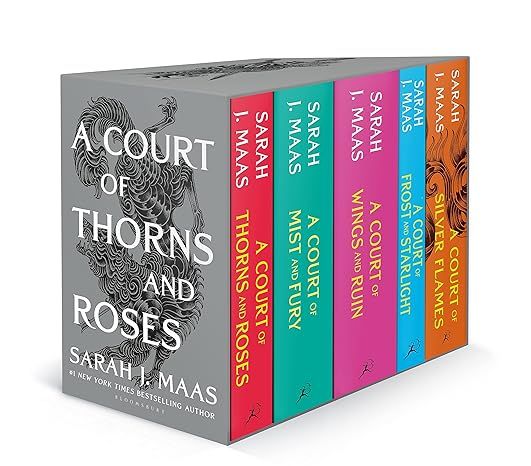
A Court of Thorns and Roses Paperback Box Set (5 books) (A Court of Thorns and Roses, 9)
4.8
-
26,559
$37.99

Pretty Girls: A Novel
4.3
-
88,539
$3.67
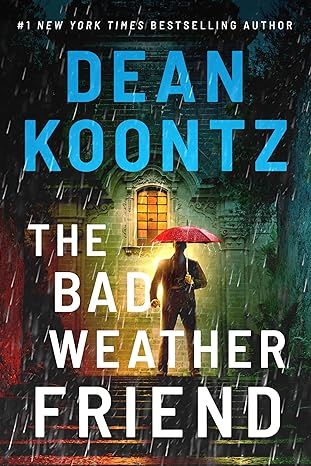
The Bad Weather Friend
4.1
-
34,750
$12.78
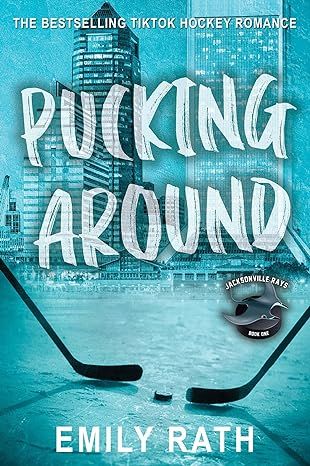
Pucking Around: A Why Choose Hockey Romance (Jacksonville Rays Hockey)
4.3
-
41,599
$14.84
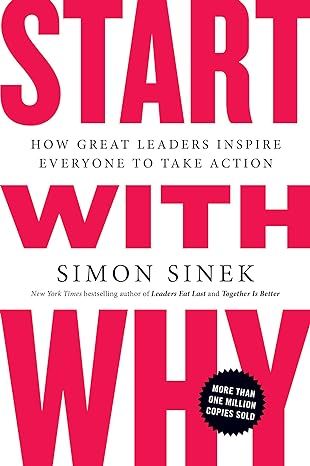
Start with Why: How Great Leaders Inspire Everyone to Take Action
4.6
-
37,152
$9.99
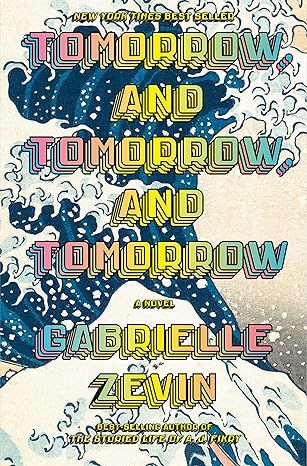
Tomorrow, and Tomorrow, and Tomorrow: A novel
4.4
-
95,875
$13.99

Weyward: A Novel
4.4
-
27,652
$11.99
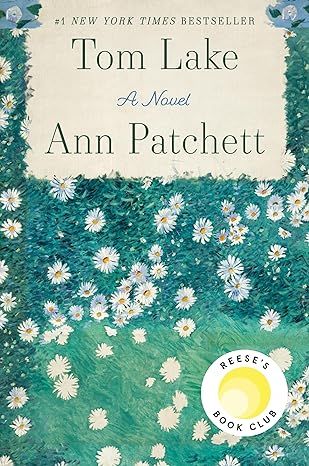
Tom Lake: A Reese's Book Club Pick
4.3
-
37,302
$15.74
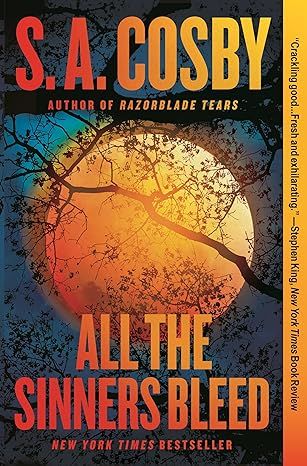
All the Sinners Bleed: A Novel
4.4
-
12,894
$13.55
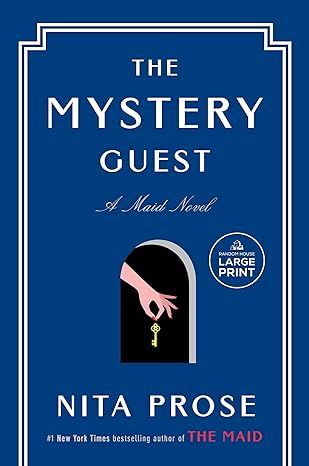
The Mystery Guest: A Maid Novel (Molly the Maid)
4.3
-
9,844
$14.99

Bright Young Women: A Novel
4.2
-
8,485
$14.99
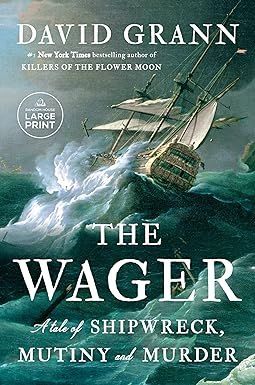
The Wager: A Tale of Shipwreck, Mutiny and Murder (Random House Large Print)
4.5
-
28,672
$14.99
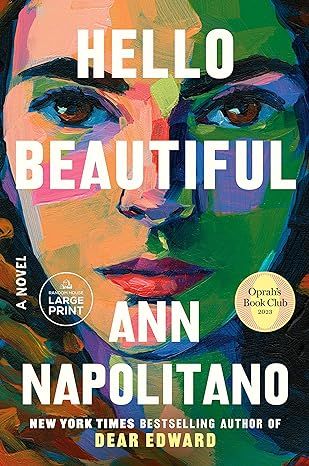
Hello Beautiful (Oprah's Book Club): A Novel (Random House Large Print)
4.4
-
79,390
$14.99
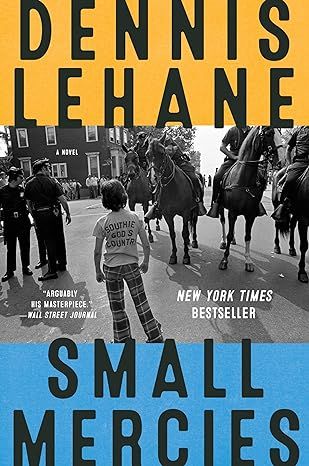
Small Mercies: A Detective Mystery
4.5
-
16,923
$10.00

Holly
4.5
-
31,521
$14.99
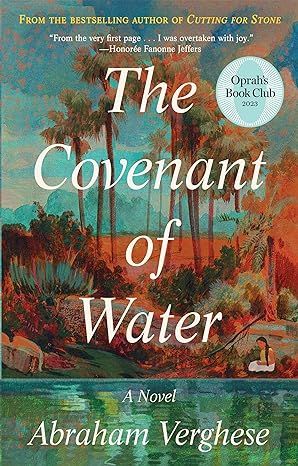
The Covenant of Water (Oprah's Book Club)
4.6
-
69,712
$9.24
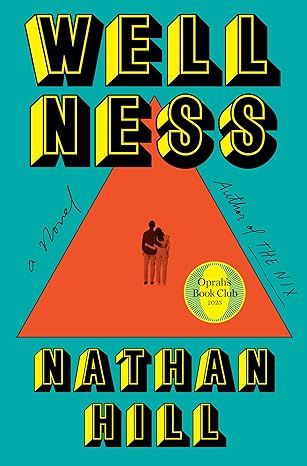
Wellness: A novel
4.1
-
3,708
$14.99
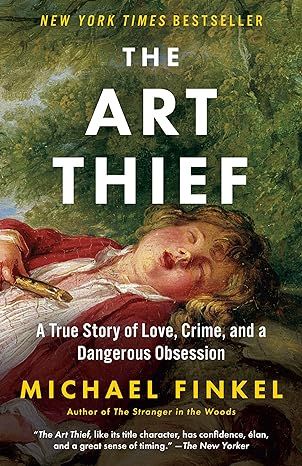
The Art Thief: A True Story of Love, Crime, and a Dangerous Obsession
4.3
-
4,805
$14.99
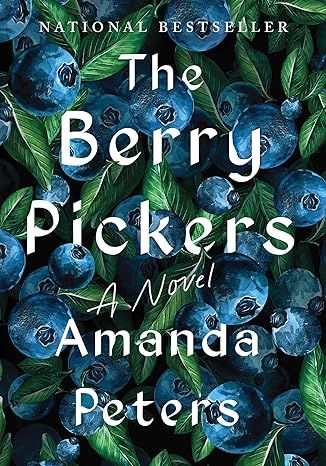
The Berry Pickers: A Novel
4.5
-
14,209
$14.99

Elon Musk
4.7
-
15,272
$16.99
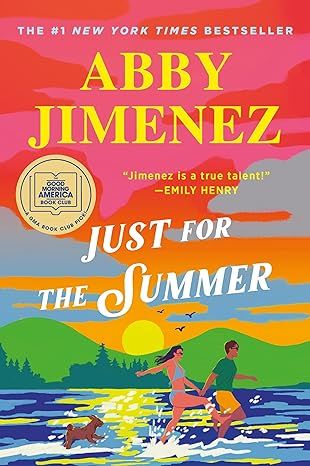
Just for the Summer
4.6
-
19,524
$11.99

Fourth Wing (International Edition)
4.8
-
206,495
$7.95

Remarkably Bright Creatures: A Read with Jenna Pick
4.6
-
65,556
$15.80
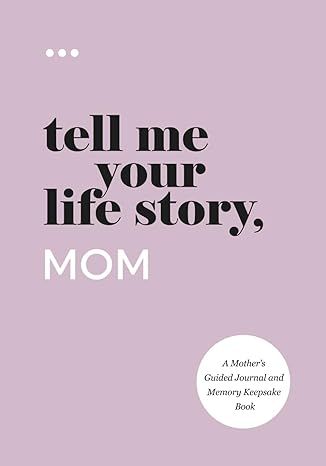
Tell Me Your Life Story, Mom: A Mother’s Guided Journal and Memory Keepsake Book (Tell Me Your Life Story® Series Books)
4.7
-
5,107
$11.24
